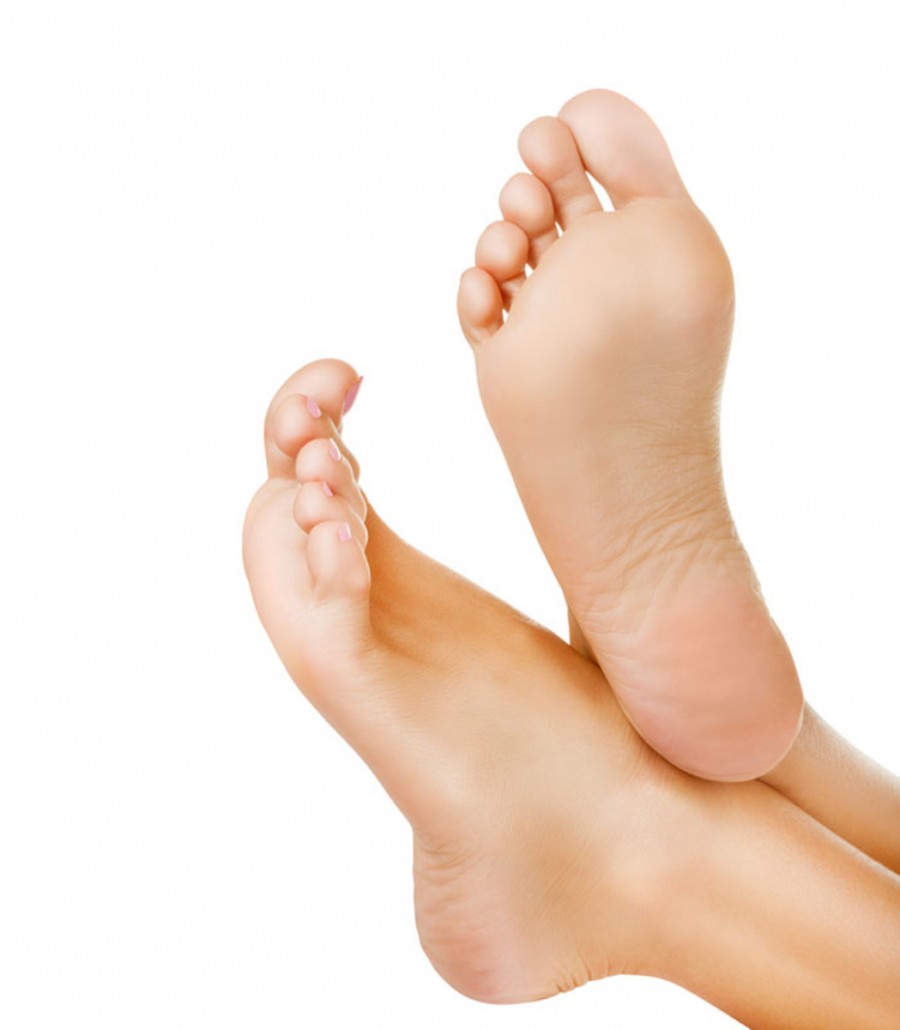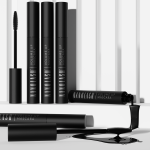Our feet are constantly exposed to various mechanical injuries because it is on them that we rest our entire body weight. The points on the feet that are in constant contact with the ground, i.e. the inner side of the heel, the big toe and metatarsus are in particular need of care. These parts of the foot are covered with a thicker layer of skin that is keratinizing. Are there any ways to prevent this? Yes, of course! Here they are: pumice and a feet file. Learn about their properties and differences.
Foot pumice – properties
Foot pumice is – originally – a raw material of natural origin, built from porous volcanic igneous rock. Unfortunately, many pumices are made of plastic.
The task of pumice stone is to remove the calloused skin of the most convex parts of the feet. You will get rid of it by rubbing your heel with a pumice, and if there is a need, also the big toe and metatarsus.
Remember to wash the pumice in water and soap immediately after using it and store it in dry conditions. Both of these activities will prevent the development of fungi and bacteria.
Foot file – properties
The foot file is made of a part designed to rub against the skin and a comfortable grip. The first one can be made of either metal or abrasive paper. Choose graters with sandpaper, especially double-sided, with one side being more coarse. Smooth your feet with the sharper side that will remove the thickened skin from the surface of your feet. The other side of the grater polishes the heel skin and prevents cracks.
Pumice and foot file – differences
Even though a pumice and a foot file play the same role, they differ from each other in several respects:
- Material
A pumice is made of igneous rock or, in a worse case, plastic, and the file is made of sandpaper or metal. - Complexity
Pumice is a solid and its every wall has an identical structure. In turn, one side of the file can be covered with a coarse grain, and the other – a fine one, thanks to which it enables the performance of a comprehensive peeling of the feet. - Danger of being infected with fungi and bacteria
Keep in mind that lack of cleaning and improper storage of pumice is a risk of fungal infections, while the use of grater does not carry such a threat.









Leave a Reply